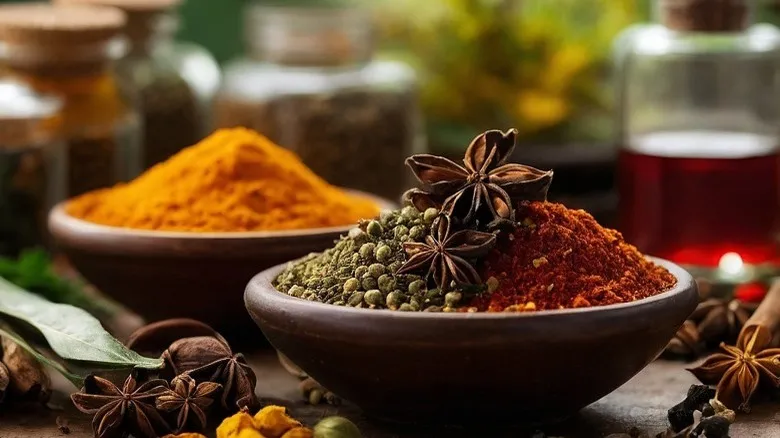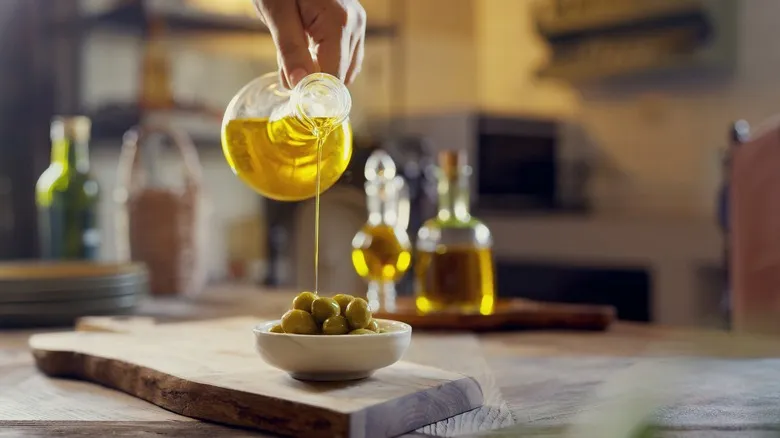How European colonialism created 'curry powder'

The familiar yellow blend known as curry powder is a product of British colonialists attempting to replicate Indian flavors. However, a wide variety of spices have been used historically in both India and Europe, offering many alternatives.
For example, Madras curry powder, named after the city of Madras (now Chennai), is believed to have been developed by P. Vencatachellum Pillai and his son, who established P. Vencatachellum Condiments in 1860. While some of the ingredients remained a secret, the brand was recognized for sourcing red chilies, turmeric, and coriander from India and Bangladesh. Although this blend didn't gain much popularity locally, Pillai discovered that ship captains and travelers from England appreciated it, leading to its eventual status as a favorite at Buckingham Palace. This is hardly surprising, given its compatibility with Queen Elizabeth's preferred hot sauce.
On the other hand, vadouvan curry powder reflects French culinary influence and is derived from a pre-colonial spice mix sometimes referred to as "vadavam" or "vadagam." This blend typically includes black mustard seeds, cloves, cardamom, turmeric, cumin, coriander, fenugreek, and Madras curry powder. Similarly, chaat masala has uncertain origins, although an (unverified) tale connects it to the 17th-century Mughal Emperor Shah Jahan. Commonly used in Indian street food, this spice mix is usually made with dry mango powder, black salt, cumin, coriander, chili powder, and asafetida, a resin from the ferula herb known for its strong aroma but exceptional flavor.
The tumultuous history of modern curry powder

The history of curry powder is closely linked to colonization. The term "curry" originates from the Portuguese colonization of Goa in West India, where they adopted the word "kari," which denotes a spiced dish made with meat and vegetables, to signify "spiced stew." This term evolved into "caree," which eventually became "curry" in England, where merchants began packaging spices and marketing them as curry powder to eager British consumers who had previously served in India.
As British influence expanded, so did their curry blends. For example, former British colonies like Jamaica, Nevis, and Trinidad and Tobago are now renowned for their curry dishes. Additionally, through the movement of indentured Indian laborers, the British introduced curry to regions in Africa, Malaysia, Fiji, and Sri Lanka after the abolition of slavery, when Indian workers were sent to these areas. Similarly, in the 1800s, the British Navy brought curry to Japan, where sailors shared a stew made with curry powder, vegetables, and meat with the Japanese Navy, leading to curry becoming a cherished dish in Japan.
Despite its sometimes troubling past, curry powder has emerged as a beloved ingredient worldwide, enhancing the flavor of various dishes such as curry-spiced turkey burgers, hearty veggie or beef stews, and curried deviled eggs with pickled carrots.
Recommended

How Ernest Hemingway Enjoyed His Burgers

How FDR Considered Hot Dogs A Meal Fit For A King (Literally)

Why Olive Oil From Other Countries Tastes Different

The First Fast Food Restaurant To Add Bacon Cheeseburgers To Its Menu
Next up

